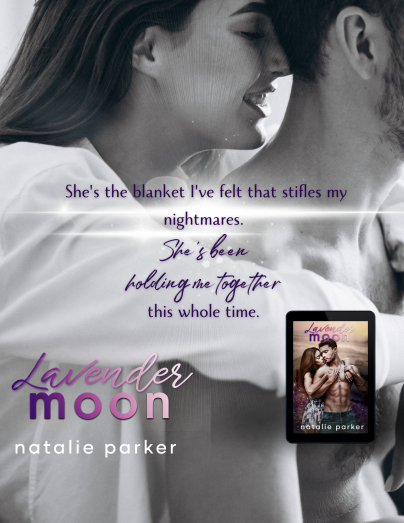News & reviews for the fiction lover in us all!
The Scoop About Styles

Last month, I introduced you to templates, and why they are needed. If you are still uncertain about the "why", let me remind you, almighty human, that technology is not sentient, nor does it rule over us. WE are in charge… or at least, we should be. Instead of constantly changing your doc every time you open a new one, creating a WIP template gives YOU the control. YOU have the power over the machine. At least, the machine you own. The Interwebs are a whole other issue.
In creating a template, you have created a "Style". In the business world, all companies have (or should have) a Style Guide. This is a cross between a list of requirements and a picture book. Style Guides tell the entire company what fonts, colors, logos, etc. are to be used, and exactly how to use them so there is uniformity across all media.
Now, why would I mention this?
Publishers, e-book retailers, e-book renderers/distributors all have requirements built in to their software and platforms on what we have to have our manuscripts looking/reading like in order to upload and/or submit.
For example: KDP, Smashwords, D2D, IngramSpark, iBooks, and the like, all have *slightly* different requirements for the uploaded files we need to publish e-books. Some require a specific margin size. Some require specific systems fonts be used so their built in "Customer Friendly" fonts can read them. Some require .pdfs or .docs.
Those are all "Styles", and if we don't follow their requirements, our books
will not upload and render well, or at worst, be denied.
Other "Styles" are what we want our print books to look like. Again, places like KDP and IngramSpark have specific requirements that *must* be followed. Depending upon their latest "update", those Styles are not necessarily interchangeable either.
And yet, even more Styles come into play when we want to submit to a publisher, because every one of them have different Style requirements. Some publishers don't care too much, having learned that changing fonts to be easier for them to read is ridiculously simple, their submission requirements are short and sweet.
But many publishers do care. Some use those submission requirements to see if you are paying attention and can follow directions. Some are still just stuck in the early 1900s thought process of printing. Some have requirements and really can't explain why they are that way. (Seriously,not that many years ago, I called a publisher to ask why they required a full manuscript to be printed out, using Courier 12 pt, double spaced, and mailed. They literally had no reason.)
Read the entire article in the July/August 2021 issue of InD'Tale magazine.
You can just click on the magazine image on the left hand side of our home page to open and enjoy!
OR
If you would like to receive the magazine every month (for FREE!) , just sign up on our home page. Once you do, an e-mail validation notice will be sent directly to you. Just open and click the link and you're in - forever! Each month the magazine will be delivered directly to your inbox to downlad and read!



